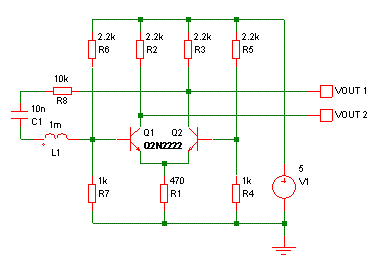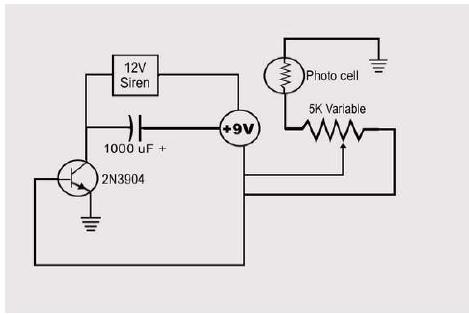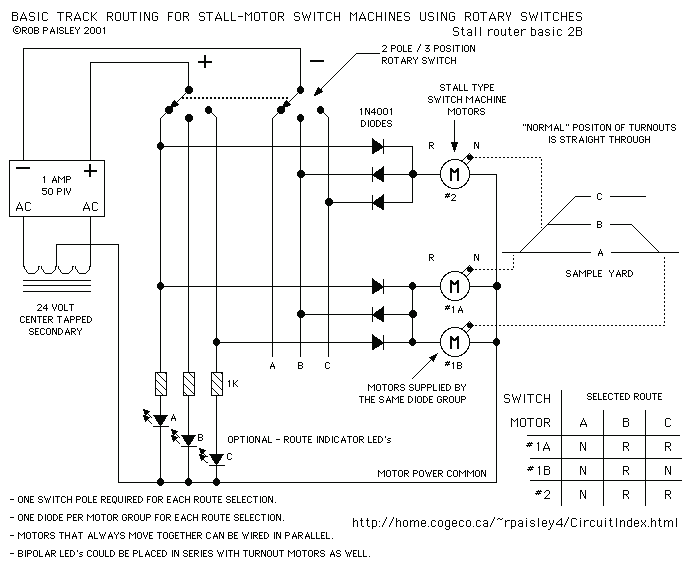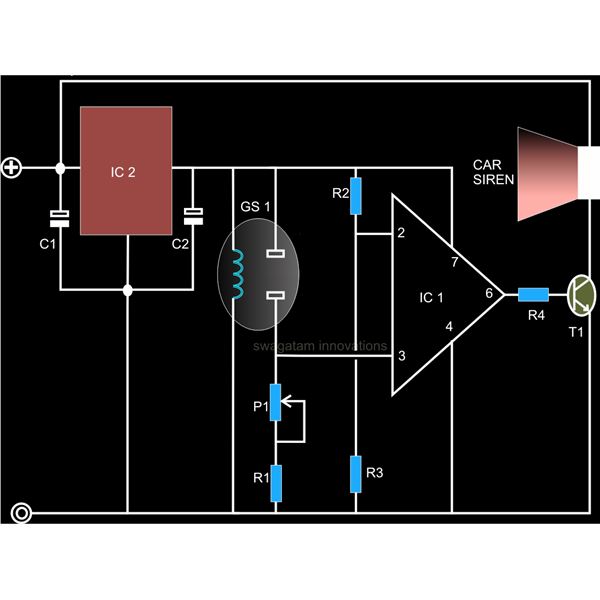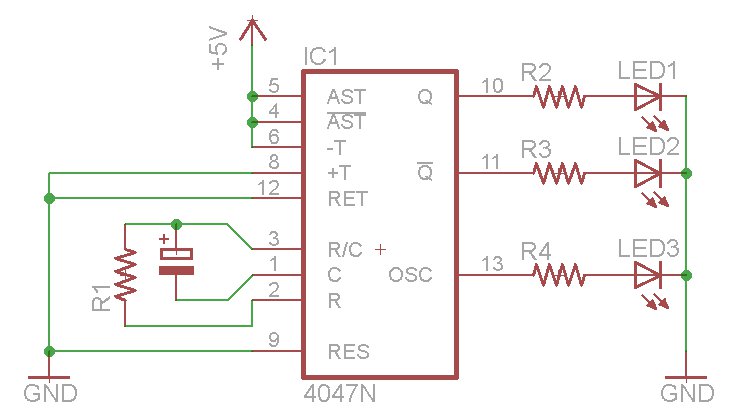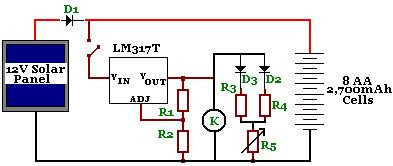
High-Voltage Regulator With Short Circuit Protection
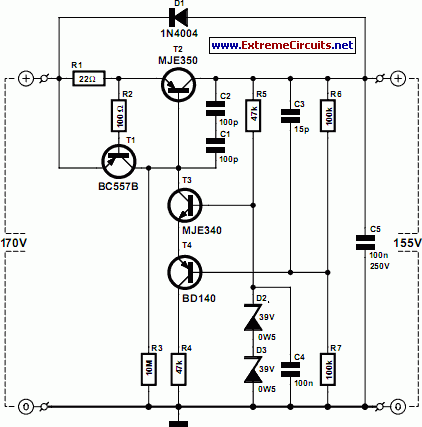
There are many circuits for low voltage regulators. For higher voltages, such as supplies for valve circuits, the situation is different.
Low voltage regulators are widely utilized in electronic circuits to provide a stable output voltage from a varying input voltage source. These regulators are essential in applications where precise voltage levels are critical for the operation of sensitive components. Common low voltage regulator circuits include linear voltage regulators (such as the LM7805 for +5V output) and switching voltage regulators, which can efficiently step down or step up voltage levels.
In contrast, high voltage applications, such as those involving valve circuits, present unique challenges. Valve circuits often require higher voltages for operation, which necessitates the use of specialized high voltage regulator circuits. These circuits must be designed to handle higher voltage levels safely while maintaining regulation accuracy and efficiency.
High voltage regulators may utilize components such as high voltage transistors, Zener diodes, or specialized integrated circuits designed for high voltage applications. The design considerations for these circuits include thermal management, component ratings, and safety measures to prevent overvoltage conditions. Additionally, filtering components may be required to eliminate noise and ensure stable operation in high voltage environments.
When designing a high voltage regulator circuit, it is crucial to consider the load requirements, input voltage range, and desired output voltage. Proper selection of components and circuit topology will ensure reliability and performance in applications where higher voltages are essential.There are many circuits for low voltage regulators. For higher voltages, such as supplies for valve circuits, the situation is different. That s why we de.. 🔗 External reference
Low voltage regulators are widely utilized in electronic circuits to provide a stable output voltage from a varying input voltage source. These regulators are essential in applications where precise voltage levels are critical for the operation of sensitive components. Common low voltage regulator circuits include linear voltage regulators (such as the LM7805 for +5V output) and switching voltage regulators, which can efficiently step down or step up voltage levels.
In contrast, high voltage applications, such as those involving valve circuits, present unique challenges. Valve circuits often require higher voltages for operation, which necessitates the use of specialized high voltage regulator circuits. These circuits must be designed to handle higher voltage levels safely while maintaining regulation accuracy and efficiency.
High voltage regulators may utilize components such as high voltage transistors, Zener diodes, or specialized integrated circuits designed for high voltage applications. The design considerations for these circuits include thermal management, component ratings, and safety measures to prevent overvoltage conditions. Additionally, filtering components may be required to eliminate noise and ensure stable operation in high voltage environments.
When designing a high voltage regulator circuit, it is crucial to consider the load requirements, input voltage range, and desired output voltage. Proper selection of components and circuit topology will ensure reliability and performance in applications where higher voltages are essential.There are many circuits for low voltage regulators. For higher voltages, such as supplies for valve circuits, the situation is different. That s why we de.. 🔗 External reference
